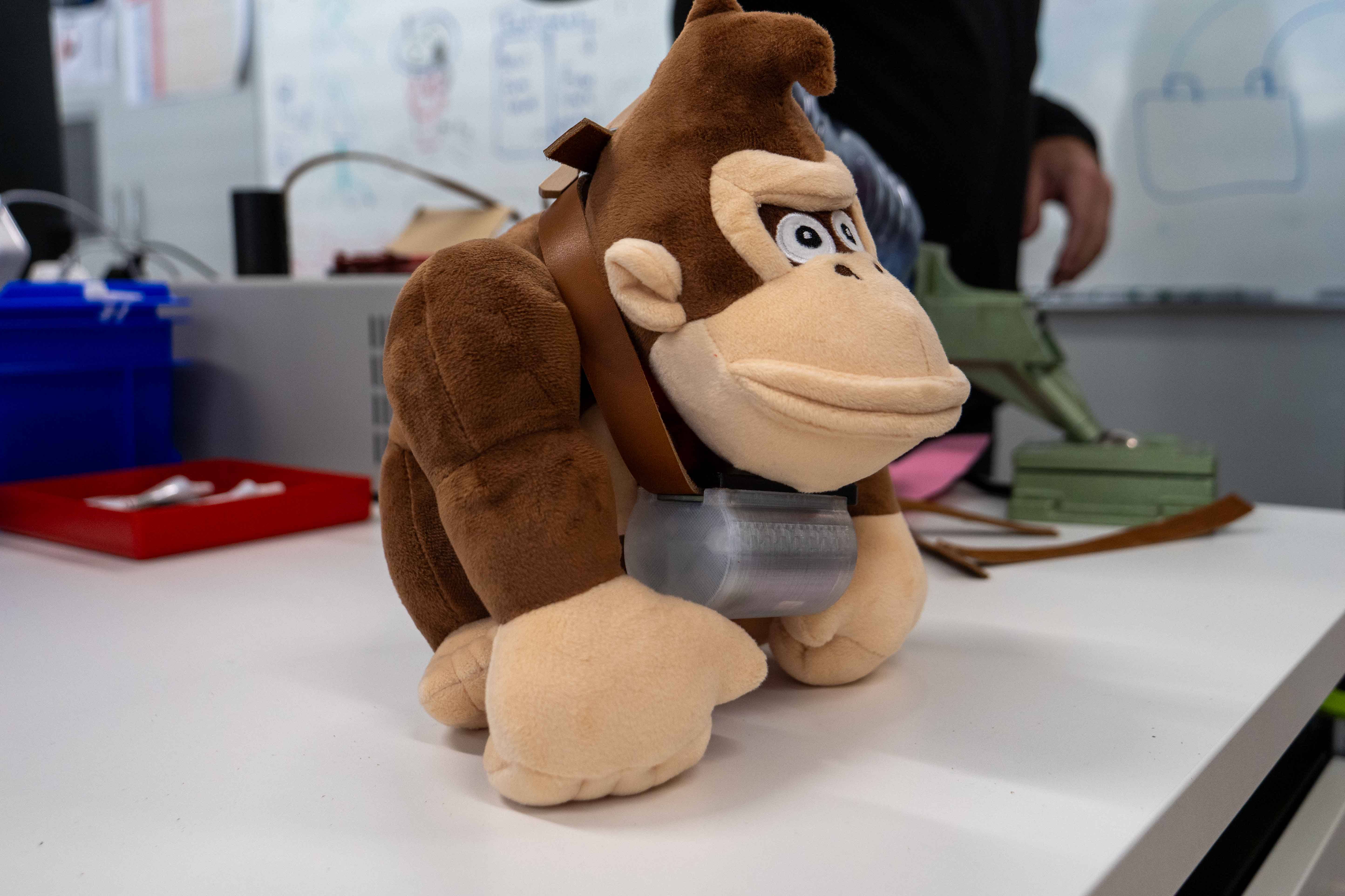MonkeyCall - Development of acoustic technology to study cognition in the wild
Ingénierie et Architecture

Most primates live in highly social groups, where communication is essential for survival. They vocalize for different threats such as predators or out-group individuals, but also within group to coordinate movement, inform about food presence, signal their rank or greet others. For individuals to develop such a complex call structure it is essential that they grow up in social groups facing natural daily challenges, thus researchers need to study wild primate troops. The traditional way of doing this is for observers to walk around habituated individuals with a hand-held microphone and record as many vocalizations as possible. The method is not optimal at all as the distance between the observer and the animal reduces the quality of the recording, especially for soft calls such as the lip-smacking used in grooming contexts. Additionally, many calls are produced while the monkey is moving, such as during conflicts, between-group encounters or predator mobbing, thus make it very hard for the observer to ‘be in the right place at the right time’ and limiting greatly the sample size of calls recorded. Therefore, the main aim of this project is to build a collar with a high-quality voice recorder to continuously record wild primate vocalizations.
Methodologically, the first aim of this project is to develop a new collar with an auto-release option and a highly optimized voice recorder installed, able to record during the daytime only. In the second aim, we will test our collar in the lab and analyze the sound quality with respect to different types of noise, as well as its battery life and auto-release distance efficacy. Such tests are crucial to be able to implement our invention in t wild vervet population. Finally, we will create 40 prototypes and install these during the next capture. The collars will be fitted on adult vervet monkeys, mostly males, to initially analyze ‘grunts’ (a specific type of greeting call produced by males towards more dominant males). This type of vocalization is of special interest, as a pilot research project in the same population of monkeys revealed a tendency for vocal convergence among immigrant males. Evidence for behavioral conformity in wild animals is very rare and mostly from foraging experiments, thus this project would enable us to test for it in natural vocal interactions. Of course, the collars will record many other call types that will be highly interesting, allowing us to describe in detail the vervet vocal repertoire and link it to individual characteristics (age, rank, kinship, group-membership…) of the caller. This project will benefit further research that requires high quality vocalizations to be played back, such as multimodal communication experiments, and has also the potential to be applied in new research avenues such as call combinations in wild vervet monkeys.